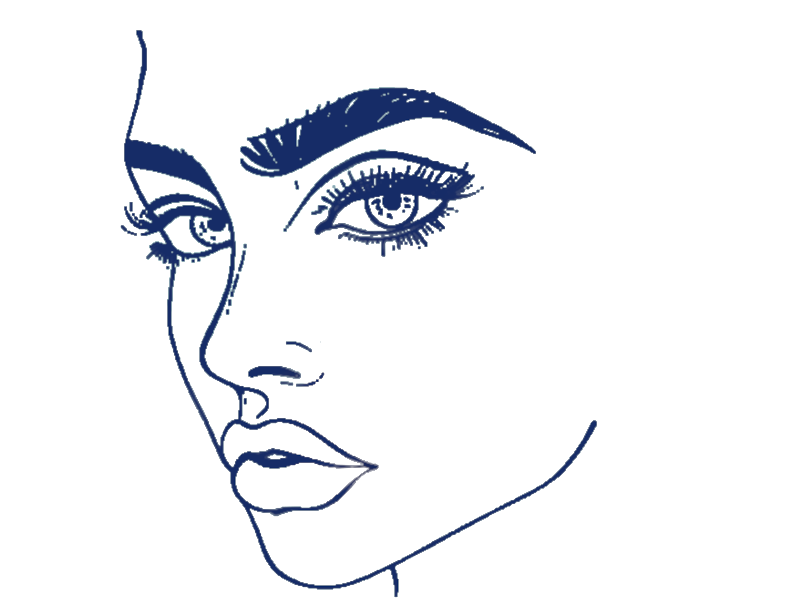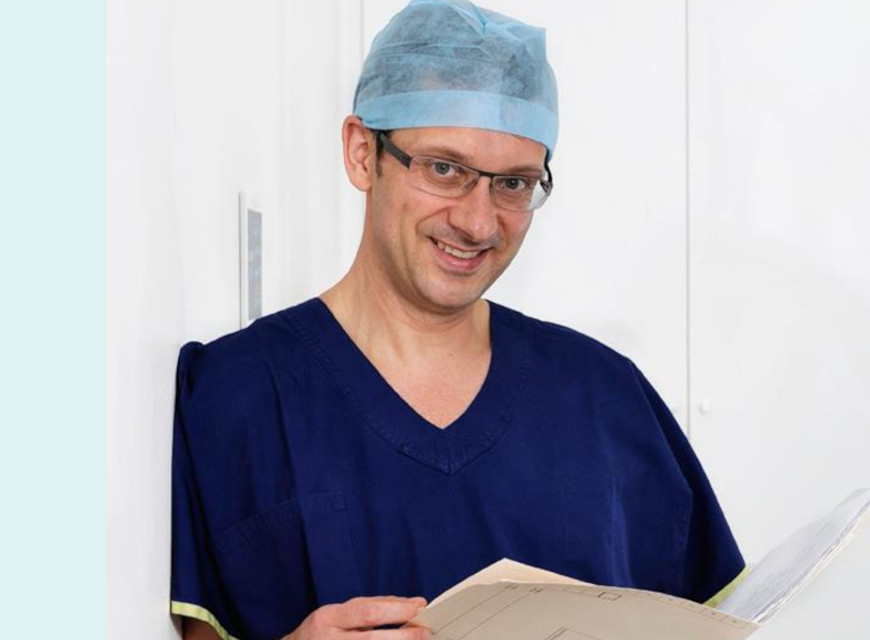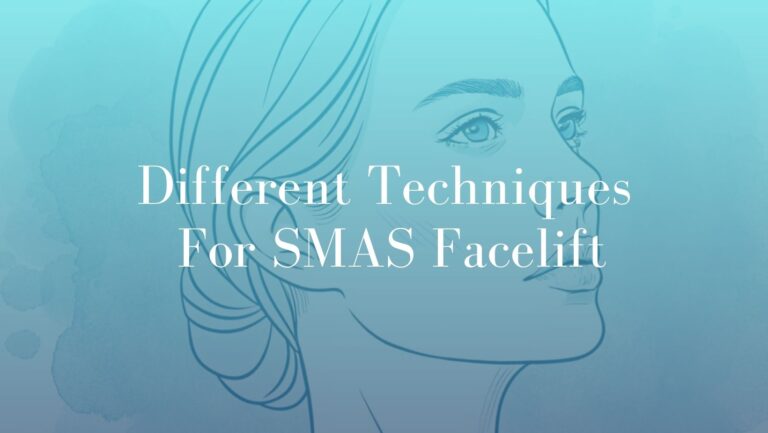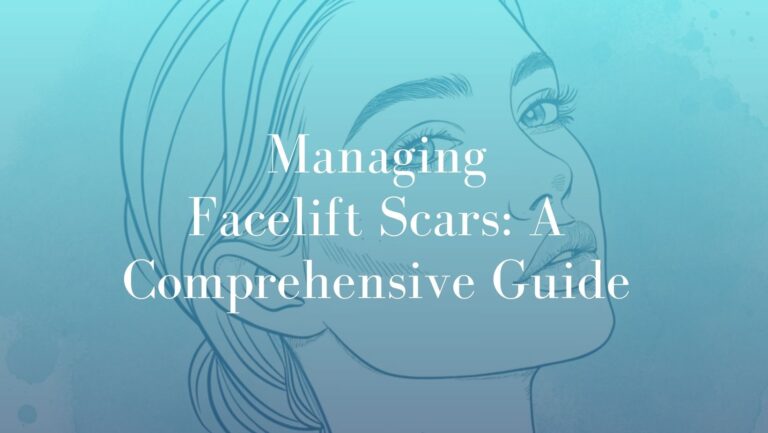
The term ‘genioplasty’ refers to the reduction and addition of material to the chin. Using surgical implants, genioplasty and altering your chin or chin augmentation can alter the underlying structure of the face, providing better balance to the facial features.
Genioplasty and altering your chin can also involve the manipulation of the jaw bone using a sliding technique. Correction of chin under-projection, over-projection, asymmetries or vertical-height abnormalities can significantly alter a person’s profile and the shape of their face, improving overall appearance.
How is genioplasty performed?

Chin implants
Alloplastic implants use materials such as silicone, polytetrafluoroethylene and polyester mesh to alter the shape of the chin. A chin implant can be used for subtle advancements of 5 mm or less and is placed via an incision in the skin below the chin. If used for bigger augmentations, pressure could be placed on the bone it is anchored to, meaning long-term failure. It could also move from its original position as a result of gravity and does come with the risk of infection. As the implant is foreign material, it presents a chance of becoming rejected, therefore many surgeons prefer to use sliding genioplasty.
Sliding genioplasty
Sliding genioplasty (also known as an osteotomy) can produce face-transforming results thanks to its versatility. A chin can be lengthened or reduced via the mouth, meaning no external skin scars. Essentially, the bone of the chin is divided in such a way that it slides forwards or backwards to lengthen or shorten the chin and jaw. The bone is then secured using a small titanium plate.
Who can genioplasty benefit?
Chin surgery can address a small and deficient chin, can make a shortened face look longer or can reduce a protruding profile. Often, genioplasty will be performed at the same time as cosmetic rhinoplasty to compliment the new shape of the nose and help bring the face into full harmony.
What is the down time?
Patients are generally discharged on the same day of the procedure, providing they rest at home. The procedure is performed under general anaesthesia and usually takes around 45 minutes to complete. There is little pain associated with chin augmentation. You should expect for the first week following surgery to see extensive swelling and moderate bruising. As a result of the swelling, you may feel the chin looks “boxy” or “square”, but this will gradually smooth out over a period of two to three weeks. Most people feel comfortable going out within a week and you can return to work after five days. The downtime for sliding genioplasty is slightly longer than the downtime for implants.
What aftercare is involved?
An ice pack should be applied to the area regularly during the first 36 hours and your doctor may prescribe an antibiotic to help prevent infection. When sleeping, try to sleep on your back with your head elevated on two pillows for the first two weeks. You will also need to follow a soft diet over this period.
Further Reading about Facial Lift with Sydney Specialist Plastic Surgeon Dr Mark Kohout
- Read more about Dr. Mark Kohout’s Procedure Page on Genioplasty Sydney
- Read more about Dr. Mark Kohout’s Resources Page on Face Surgery Costs
Related Blog Posts
Recovery After Facelift Surgery: An In-Depth…
Undergoing facelift surgery is a significant decision that requires careful consideration. However, the journey doesn’t end when you leave the operating theatre. While the procedure aims to create a refreshed…
Different Techniques for SMAS Facelift
SMAS in Facelift Surgery: Insights from Dr Mark Kohout A facelift is a widely performed procedure aimed at addressing the face and neck areas. In this blog, Sydney Plastic Surgeon Dr Mark Kohout will…
Managing Facelift Scars: A Comprehensive Guide
Facelift surgery, also known as rhytidectomy, is a sought-after cosmetic procedure aimed at altering the face to manage the signs of ageing by tightening and smoothing the skin on the…

Experienced Plastic Surgeon
Dr. Mark Kohout
A qualified plastic surgeon who operates with care and integrity, based in central Sydney with over 20 years of experience in the cosmetic field. His extensive training and experience assures patients they are in highly trained surgical hands. Dr. Kohout is a dedicated, friendly professional who is committed to providing the high quality care, support and results, alongside his compassionate team.
Dr Mark Kohout (MED0001133000)
Specialist Plastic Surgeon
Specialist registration in Surgery – Plastic Surgery






